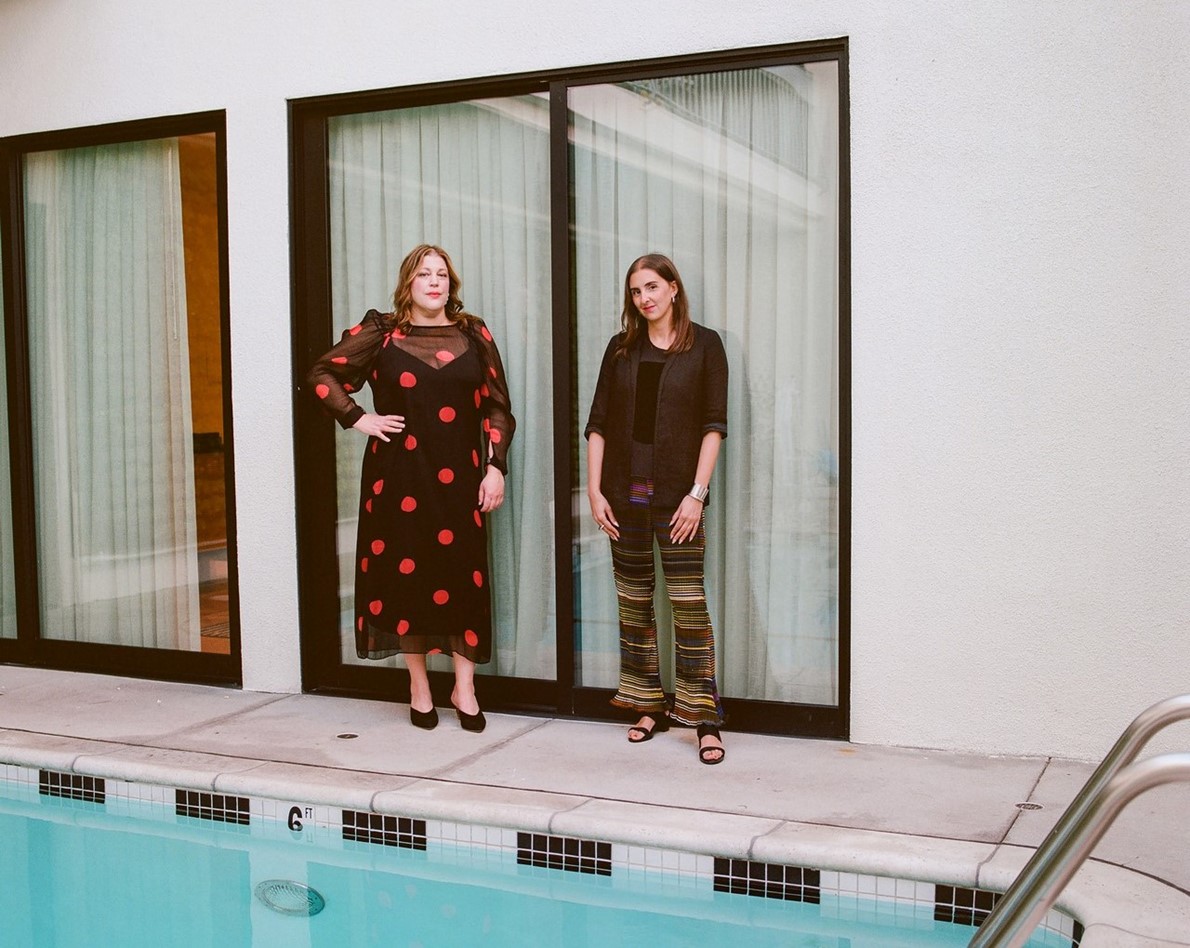“You can only afford so much sofa,” Monica
Khemsurov said, speaking of her new book, “
How to Live With Objects.” The book,
by Khemsurov and Jill Singer, was published this month by Clarkson Potter, and
it proposes a new “manual for living,” she said, meant to loosen up the fusty
rules of decor. Instead of focusing on the idea of a perfectly appointed
interior, it steers the conversation toward the personal objects that truly
make a home.
اضافة اعلان
But how do you define an object? Khemsurov and
Singer, in plainly practical terms, simply refer to objects as physical design
works that can easily be collected, and allow for meaningful expression and a
bit of permission to indulge.
There are considerations of cost and space, to be
sure. One may be able to be a bit more daring at the object scale —
unencumbered by the functional needs of a workhorse item such as a dining
table. Items such as a vase, a set of flatware, or even a sculptural lamp or
chair would pass the object muster, as they carry “a wide variety, both in
terms of aesthetics and price points,” Khemsurov said.
As editors of interior design website Sight Unseen,
Khemsurov, 43, and Singer, 44, have been both arbiters and archivists of
contemporary design. They have championed eclectic, experimental work and acted
as a divining rod for the social media generation, for whom design has not been
a niche interest, but an integral part of a hypervisual, increasingly
self-broadcast lifestyle.
The site was founded in 2009, less than a year
before the start of Instagram, a platform that Khemsurov said has been “the
biggest puzzle piece in what brought design to a wider audience.” Sight Unseen
has been noted for identifying big aesthetic trends before they reach a mass
cultural moment.
Big crazes from the past several years have included
checkerboard patterns, millennial pink, terrazzo floors, all things Memphis,
squiggles, and Ettore Sottsass Jr, as epitomized in the recent clamoring over
the Ultrafragola, called “the most famous mirror on Instagram”.

A rarefied, radical item once considered futuristic
in its material technology and even lurid in its wavy, sensual curves, the
mirror has now been circulated so widely (at least as an image) that it has
become a hallmark of what TikTokers now refer to as “avant-basic” style
(internet shorthand for avant-garde gone mainstream).
And where shelter and interior design magazines have
long sold the aspirational dream of a manicured home, Khemsurov and Singer’s
focus has often been on the objects, the creative process and the designers.
“When we first started, the concept was to show
people a side of design and making that they didn’t necessarily have access
to,” Khemsurov said. “The idea was to bring everyone behind the scenes and show
them people’s studios and personal collections — sights they couldn’t or
wouldn’t normally see, in a literal sense.” During such visits, the objects
would invariably become the focus, only partly out of necessity; as a startup,
Sight Unseen couldn’t afford to hire photographers to properly shoot a whole
room or interior.
“We’ve always been interested in what objects tell about
the person who owns them,” Singer said, as well as the thinking and process
behind its production, “what the object says about how it came into being, who
it was made by and how it shows why the maker chose the materials they did.”
Khemsurov, a contributing editor to T: The
New York Times Style Magazine, and Singer, who stumbled into design as journalists, met
while working as editors at I.D., a trade magazine for the industrial design
profession that folded in 2010.
They began Sight Unseen as a two-person blog,
writing and shooting their own material. Over the years, it has become a
network of contributors and a lifestyle brand encompassing pop-up events,
online retail, product, and furniture collections as well as brand
collaborations.
The book is not an anthology of Sight Unseen’s 13
years, the authors said, but it continues in the site’s spirit, with helpful
sourcing tips, research guides, inspiring homes, and entertaining anecdotes
from vintage dealers, curators, artists, and independent designers.
Many of the objects in the book defy conventional
notions of beauty or comfort, in favor of an artistic statement, such as an
awesomely grotesque “Antipastissuebox,” made by artist Ellen Pong and
meticulously draped with sheets of cold cuts, cheese and olives rendered in
shiny glazed clay. Also uncomfortable and noteworthy: a long, fuzzy purple
bench by Dutch designer Tijmen Smeulders, who conceived it as “some kind of
creature”.
In a section titled “Sentimental Objects,” writer
and curator Su Wu, 40, shares a tour of the Mexico City home and gallery. The
space was converted from a former community theater, and Wu said everything in
her home had been given by a friend, or was found with or is reminiscent of a
friend.
Wu, a longtime Sight Unseen collaborator, met
Khemsurov and Singer online in the early 2010s while running a blog called “I’m
Revolting,” which featured unique and anonymous works of art and craft.
Wu noted that people will often “say something is
‘very Sight Unseen,’ and you will know exactly what that person means.”
But how do the founders of Sight Unseen define the
“Sight Unseen look”?
“It’s really ineffable in some ways, and it’s come
back to us, when people say things are ‘so Sight Unseen,’” Singer said. “It can
mean a lot of different things to a lot of different people. There is just some
weird, undefinable quality that’s hard to explain.”
In Khemsurov’s estimation, “It’s just interesting enough,
but not too crazy.”
Read more Property
Jordan News



